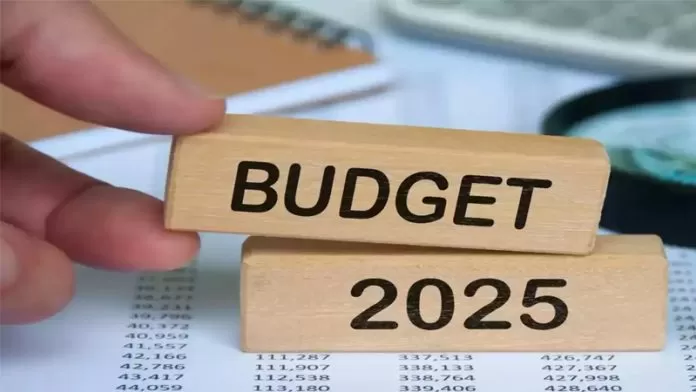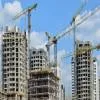
Budget 2025-26: Rs 1 lakh crore fund to transform cities
Union Finance Minister, Nirmala Sitharaman announced that the government will create a Rs 1 lakh crore Urban Challenge Fund aimed at transforming cities into growth hubs. The fund will finance 25 per cent of the cost of bankable projects, with an allocation of Rs 10,000 crore for 2025-26. The remaining 50 per cent will be funded through bonds, bank loans, and public-private partnerships (PPPs). “This is fuel the ongoing momentum in rebuilding urban infrastructure and will drive greater demand for real estate in the urban and semi urban areas,” said Vimal Nadar, Head of Research at Colliers..

Budget 2025-26: India’s startup ecosystem gets Rs 10,000 crore Fund of Funds
The Union Budget 2025-26 Announced a establishment of a new Fund of Funds with an additional ₹10,000 crore for startups that will provide significant benefits to India's entrepreneurial ecosystem.Calling it a significant step in strengthening India’s startup ecosystem, Vimal Nadar, Head of Research, Colliers India said, “This fresh infusion, combined with the existing government contribution, will provide much-needed capital support to fuel innovation, scale emerging ventures, and drive entrepreneurship across sectors. Additionally, the introduction of a dedicated scheme for 5 lakh first..

Digital Economy, Renewable Energy to Boost Job Creation: Economic Survey
The Economic Survey 2024-25, presented by Union Finance Minister Nirmala Sitharaman, indicates substantial improvement in India’s labour market, driven by strong post-pandemic recovery and formalisation of the workforce. Key findings include a significant drop in the unemployment rate from 6 per cent in 2017-18 to 3.2 per cent in 2023-24. Additionally, there has been notable growth in female labour force participation, which increased from 23.3 per cent in 2017-18 to 41.7 per cent in 2023-24.Other highlights include:Over 30.51 crore unorganised workers registered on the eShram portal, suppor..















